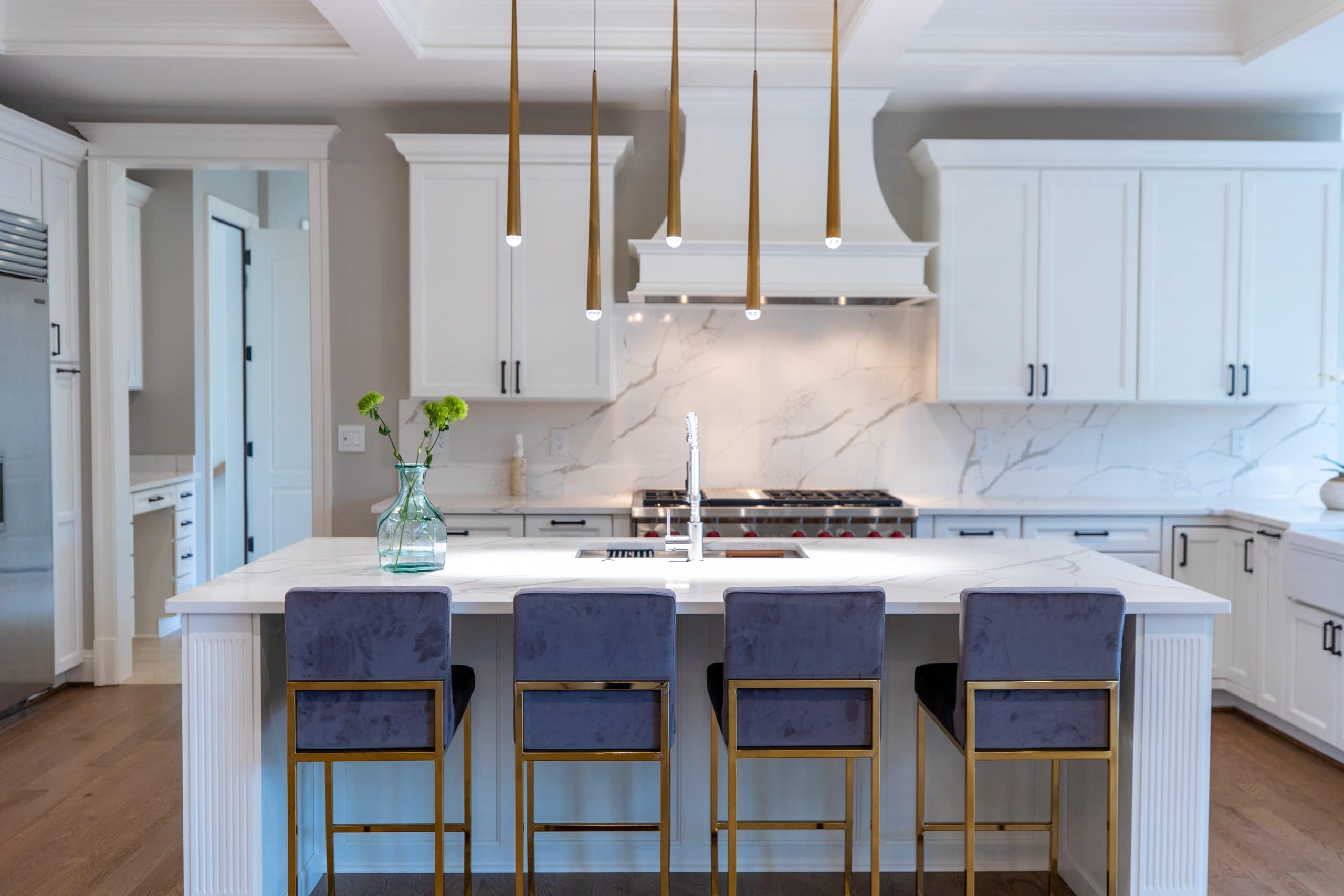When it comes to home remodeling, the idea of transforming your living space can be both stimulating and daunting. Regardless of whether you want to update a single room or initiate a complete renovation, a well-organized plan is essential to navigating the complexities of the process. From setting a budget to picking the right materials and designs, understanding the different aspects of a remodel can make a considerable difference in the outcome.
In this definitive guide, we will guide you through a step-by-step plan to ensure your home remodeling project is fruitful and worthwhile. You will learn tips on how to remodel your home on a budget while including the latest trends for 2024. We will also explore the benefits of DIY versus contracting a contractor, frequent pitfalls to avoid, and room-specific ideas that address each space in your home. No matter your vision, getting informed about your options is the key to creating the home of your dreams.
Preparing Your Home Remodel
Before jumping into the your home remodeling project, it is important to create a solid plan. Start by setting the goals for the remodel—whether it's improve functionality, upgrading aesthetics, or increasing the worth of your home. Conduct thorough investigation on current home remodeling trends and gather inspiration from various sources, such as interior design publications or websites. This first phase will help you articulate the vision and set achievable goals for the project.
Creating a budget is a crucial aspect of planning the remodel. Decide how much money you can spend to invest and allocate funds to varied areas of the project. Consider expenses related to materials, labor, and unexpected costs that may occur during the remodeling process. To help you stay on track, create a detailed budget breakdown and rank elements that are necessary versus those that can be modified or delayed. Implementing budget-friendly tips, such as utilizing salvaged materials or seeking out affordable upgrades, can help your project within your budget.
In conclusion, decide if you will tackle the remodel as a do-it-yourself project or hire a professional. Both options have their advantages, and your choice should depend on your skill level, the complexity of the project, and your timeline. If you are leaning toward hiring a contractor, research and interview potential candidates to find a trustworthy professional who aligns with your vision and budget. Whichever path you choose, ensure that you have a organized plan in place to guide you through the entire process of the remodeling process.
Budgeting and Expense Reduction Tips
Establishing a realistic budget is essential for a successful home improvement remodel. Start by estimating the overall costs of materials, labor, and any unforeseen expenses. It's advisable to set aside an additional 10 to 20 percent of your budget for unexpected costs, ensuring that you can manage any emergencies that may occur during the project. Investigate local prices for materials and labor to create an informed budget that aligns with your monetary situation.
To keep your remodel affordable, focus on projects that provide the best returns on investment. Concentrate on areas like cooking space and restroom renovations, where the chance for value enhancement is substantial. Consider DIY options for less complex tasks, which can save substantial amounts. Nonetheless, be honest about your skills and availability, as some tasks are best left to the professionals to prevent costly errors.
Another effective strategy is to look for reclaimed or surplus materials that can add character while reducing costs. By being resourceful and adaptable with your choices, such as opting for different finishes or fixtures, you can attain the wanted look without breaking the bank. Remember to compare prices from various suppliers and think about scheduling your purchases during sales to increase your cost savings.

Current Design Trends and Custom Features
In the year 2024, home remodeling is heavily shaped by a blend of coziness and design, with an emphasis on creating welcoming environments that reflect personal tastes. Earthy materials such as timber, granite, and green resources are trending, promoting a cozy look that connects the indoors with the outdoors. Additionally, bold colors have made a return, allowing homeowners to express their individuality through accent walls, cabinetry, and decor. Adding details like dimensional wall treatments and unique lighting fixtures can also elevate the overall ambiance, making spaces feel more dynamic and cohesive.
Personalization is key when it comes to making a home truly unique. Features such as built-in shelving, bay windows, and personalized storage options not only improve practicality but also bring charm to any space. Walk-in https://hansonrepublic.com and structured study areas continue to increase in demand, reflecting the growing need for neatness and streamlined living in daily life. Furthermore, adding intelligent tech into remodels is becoming a standard practice, offering convenience and enhancing security while seamlessly blending into the home's design.
As you design your makeover, consider high-end investments that elevate practicality without compromising on design. Features like luxurious bathrooms, complete with saunas or soaking tubs, can create luxurious retreats within the home. Spacious layouts are still preferred, reinforcing social connections while accommodating current habits. By carefully selecting design trends and personalized elements, you can create a home that is not only beautiful but also personalized to your preferences.
